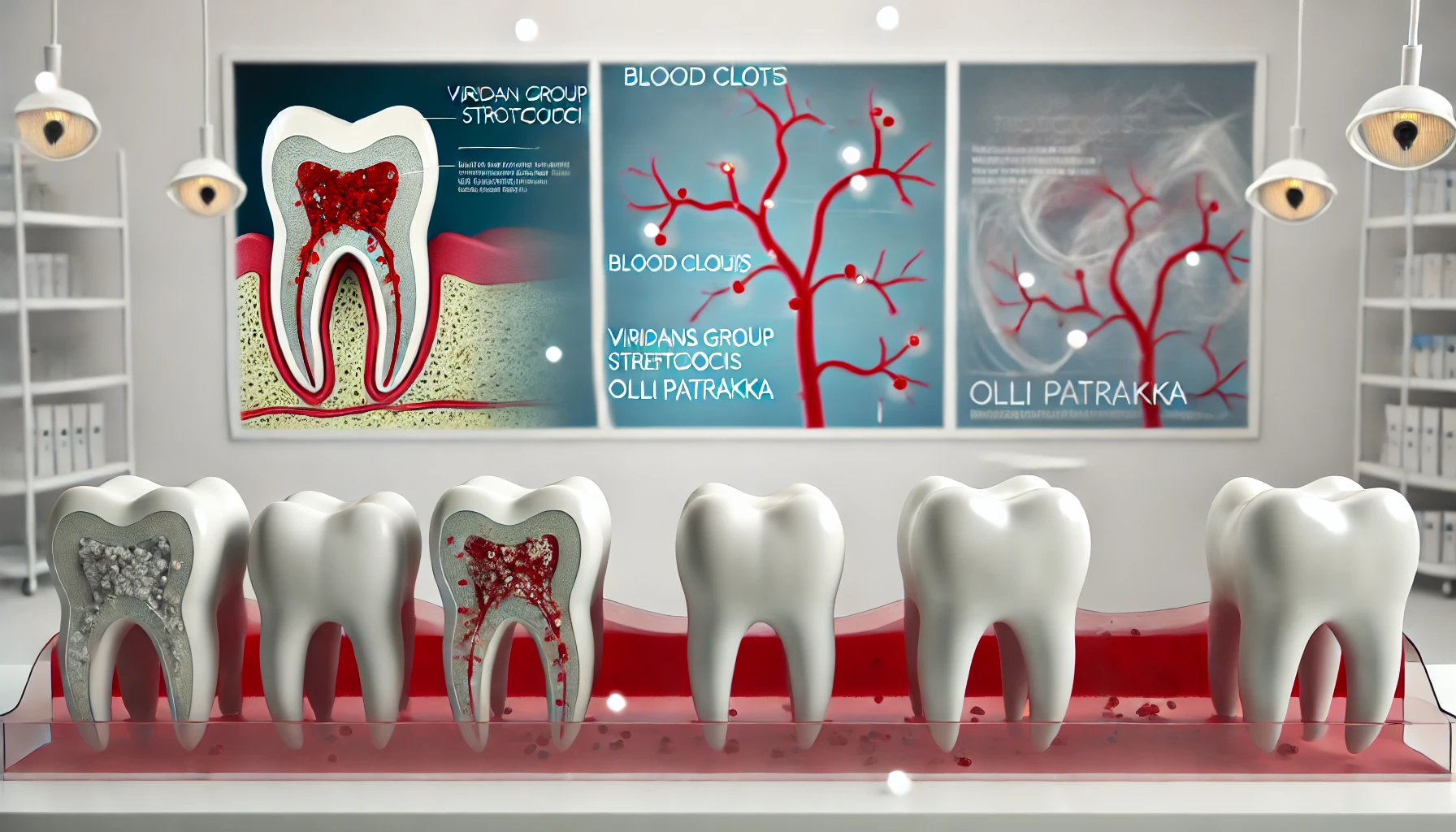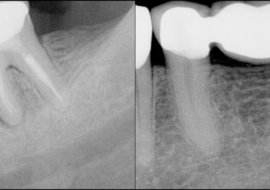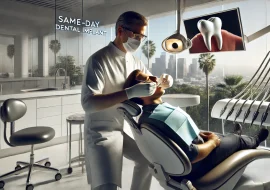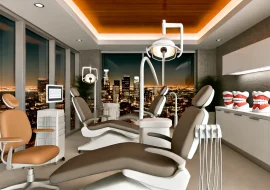
Periodontics and Stroke Prevention
It’s increasingly well-established that periodontal problems may be closely related to issues like strokes, cancer, and heart attacks. So far, however, while we have many strong correlations, direct causal links are rare. Fortunately, we are getting closer to learning more of the truth. According to a new article in Dentistry iQ,* recent research has taken a closer look at the link between gum diseases and strokes in more detail.
What We Know Now About Oral Health, Lifestyle, and Strokes
Strokes can be deadly but many of us fear them most because they can be seriously debilitating, both physically and in terms of speech and mental sharpness. They are a very frequent cause of dementia, second only to Alzheimer’s disease. Fortunately, we’re learning more every day about how we all have the power to lower our risk.
Authorities like the World Stroke Organization (WSO) now estimate that 90 percent of strokes can be prevented with the right lifestyle changes. This means that poor oral health has joined smoking/tobacco use, obesity, poor diet, excess alcohol consumption, and lack of exercise as one of the harmful lifestyle factors that can help to end our life and/or make it less worth living. Oral hygiene is about much more than just a beautiful smile or avoiding toothaches.
The Oral Hygiene/Stroke Connection
Everyone has heard of strokes and has likely had relatives who have suffered one, but some are not certain when it comes to understanding what they are and how they work. Sometimes referred to as a brain attack, in contrast to a heart attack, a stroke occurs when our most important organ is not getting enough blood to properly function. This may occur due to a blockage from a blood clot lower in the body such as from an embolism, or the loss of blood that would ordinarily be destined to reach the brain, i.e., a major hemorrhage.
Finnish researcher and pathologist Olli Patrakka has looked at blood clots found in patients. He and his colleagues found a type of bacteria called viridans group streptococci (VGS). He writes as follows:
“These bacteria attach to the tooth’s surface in the mouth and initiate the process, leading to the formation of dental plaque. We hypothesize that a similar phenomenon occurs when bacteria that enter the bloodstream during, for example, dental procedures or dental infections travel into the walls of the arteries. This may accelerate the development of both strokes and atherosclerosis [hardening of the arteries]….”
Patrakka has suggested that the presence of the bacteria could be a large part of the reason for the strong correlation found between gum diseases.
“The results of my study suggest that the connection could be explicitly explained through the inflammatory reaction caused by dental bacteria in atherosclerotic plaques.”
What to Do?
Patients should now understand better that, along with other healthy lifestyle choices, one of the best favors we can do for ourselves is to brush and floss twice daily, see our dentist twice a year for examination and cleaning, and make an appointment the moment any dental symptoms appear. The health community, however, may also use this kind of data to develop new types of treatment and forms of prevention. Olli Petrakka has suggested that vaccines may later be used against the kind of bacteria involved with gum diseases. Other new therapies are also likely to arise as oral health exploration continues.
The Dentistry iQ article correctly points out that every lost tooth notably reduces life expectancy. Since periodontic problems can often cause lost teeth, and they in turn can cause both more periodontic disease as well as bone loss which, in turn leads to more lost teeth and periodontitis, it is important to both the length and quality of a person’s life to stop the vicious cycle.
This includes replacing missing teeth as quickly as possible and dental implants are the gold standard replacement. Traditional oral prosthetics are much better than nothing but they do not slow down bone loss and, according to some studies, may even accelerate it. Since implants are essentially the same as teeth, consisting of a synthetic tooth root covered by a prosthetic tooth (crown), they maintain the stimulation needed to maintain the flow of calcium into the jawbone.
The Chain of Prevention
Oral health collapse can happen in a kind of cascade of oral health disasters but we can interrupt the cascade at any point – though, the longer we wait, the more work will be required.
Think of it as a four-step process of prevention and intervention:
- We can prevent gum disease with good oral hygiene.
- If gingivitis or periodontitis appears, we can obtain the best possible periodontal disease treatmentearly to prevent a more severe case.
- If teeth nevertheless need to be extracted or are lost due to periodontal problems, tooth decay, and/or trauma, then we need to quickly replace the missing tooth/teeth, ideally with a multiple or single dental implant.
- Finally, once we have been effectively treated for gum problems and lost teeth, we can then be vigilant to head off any further problems by seeing a periodontist regularly, often alternating with regular dental visits.
Finding the Best Periodontal and Implant Care
If you realize that you may have gum disease, either because you’ve noticed symptoms such as bleeding gums, and persistent bad breath (halitosis), or because you’ve had a diagnosis, it’s important to find the best care you can. A referral from a trusted medical or dental source is usually a good place to start but it’s also good to look for the most respected oral health experts in your community.
If you happen to live near the Los Angeles Westside area, Dr. Peiman Soleymani and his team at Beverly Hills Periodontics & Dental Implant Center are the most respected resources for people who need periodontal care and oral implants. In many cases, of course, both types of care may be needed as dental implants often require some amount of periodontal care and oral surgery before dental implants can be added safely. Finally, for patients with frequent periodontal issues, we strongly recommend having three to four periodontal maintenance visits per year which can be done at alternating appointments between your general dentist and periodontal office. If you already have tooth loss and/or advanced periodontal problems, please know that it’s never too late to start addressing these serious issues.
If you think you may need periodontal care or are interested in learning more about dental implants, please get in touch with our Beverly Hills offices by calling the number on your screen or filling out the form on our contact page. Dr. Soleymani is a nationally respected expert on gum diseases and implants and is looked to not only by patients but others in his field.
* “How oral health influences brain health and stroke risk: Exploring the connection” by Nina Garlo-Melkas, MSc. Pub March 20, 2024







Recent Comments